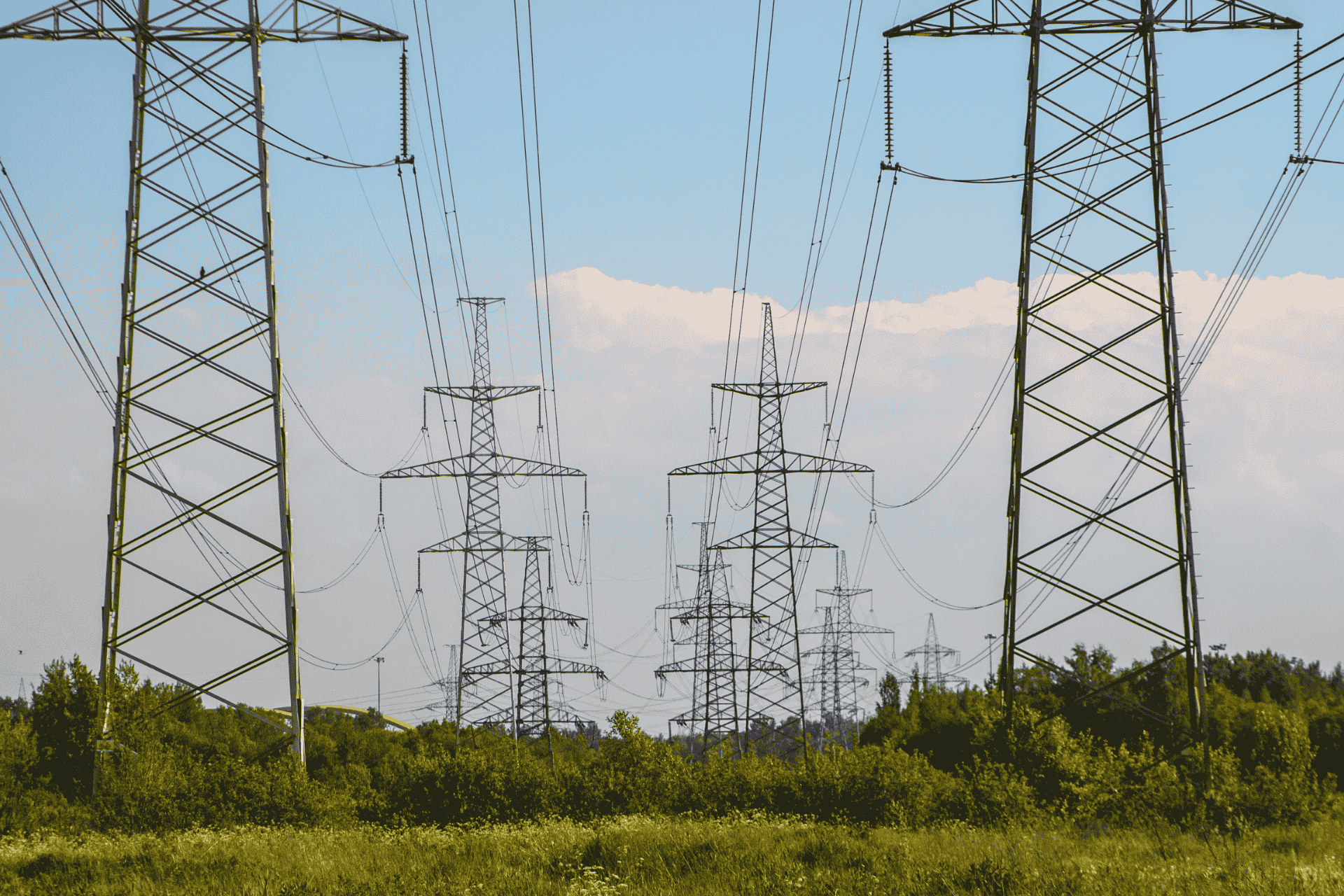NESO Summer Outlook 2025 highlights increasing likelihood of minimum demand record
On 16 April, National Energy System Operator (NESO) published its Summer Outlook for 2025. This report tends to focus on managing low demand periods, alongside wider security of supply concerns. In contrast, the Winter Outlook predominantly focuses on the difference between forecast peak generation and demand margins.

For Summer ’25, NESO forecasts sufficient supply to meet both demand and reserve requirements throughout the period. The expected operational surplus ranges from 10 to 20GW between April and October this year, due to variations in demand and intermittent renewable generation. NESO’s also confident it has the tools in place to reliably operate the system during low demand periods. However, it anticipates periods where inflexible generation will exceed demand – when it’ll have to take several actions to balance the system.
Demand
Peak national demand for summer 2025 is expected to be around 29.7GW, which is 600MW lower than the previous summer’s weather-corrected outturn. This drop is largely due to an increase in embedded renewable generation, resulting in less demand on the transmission system. Growth of solar PV, wind generation and battery storage connected to the distribution networks increases both variability in national demand and chances of low demand.
As in recent years, the late May bank holiday has the greatest probability of extremely low demand (14GW or under) – but this could occur on any weekend between May and August.
The graph below displays the potential range (with an 80% confidence range) of minimum demand during overnight and afternoon periods. It shows there are various points where lowest daily demand may happen in the afternoon rather than the night. The probability of this occurring has increased year-on-year due to a wider range of weather patterns that result in low demand and ongoing deployment of embedded renewables. NESO predicts a 50% chance that we may observe national demand hitting a new record low this summer, below 13.4GW.
Source: NESO Summer Outlook 2025
Supply
NESO estimates the minimum available weekday generation to be 34.9 GW, occurring in July. One factor contributing to lower generation is that power stations often carry out planned maintenance in the summer months when demand is typically lower. However, NESO still foresees a healthy surplus during this period as the estimated peak national demand is lower than the estimated minimum generation. NESO also expects strong net imports into Great Britain from Europe, which is supported by price differentials. This is particularly due to a very high forecast for nuclear availability in France this summer, exceeding the range seen over the majority of the summer period in the last 5 years.
Strong imports are likely to occur during solar-peak hours. This is mutually beneficial as high forecast generation availability in Europe is linked to lower wholesale prices in key interconnected markets.
Managing the system
With ample supply and lower peak demand over the summer, there may be times where supply exceeds demand. The graph below shows an example profile of national demand over a weekend in June 2025 during a low-probability credible weather event. This event is modelled based on the weather conditions of 7 and 8 June 2018.
We can observe a minimum (afternoon) demand of 12.6GW, which may fall below embedded intermittent renewable generation. Additionally, the low demand period (<15GW) lasts for approximately 10 hours.
Source: NESO Summer Outlook 2025
During these periods, the system will need to manage the imbalance and ensure safe and secure operation. This is especially important at lower demand levels, as the actions required to meet system needs are more complex. However, NESO is confident it has the tools in place to reliably operate the system. One example is the Negative Reserve Active Power Margin (NRAPM) notice, which is issued at times of low demand to alert the electricity market that additional flexibility is needed. NRAPM notices can be issued on a local level for a specific portion of the network or on a national level when flexibility is required across the system.
What does this mean?
In times where supply exceeds demand, NESO notes that battery storage and pumped hydro energy storage (PHES) will be important in providing within-day flexibility. It also highlights that interconnectors will remain mutually beneficial for both GB and its European neighbours. Other flexibility will predominantly be sourced from asking generators to turn down. However, as the grid decarbonises and deals with a higher penetration of intermittent renewables, asking demand to turn up could be an increasingly attractive solution.
The addition of a wide range of Third Party Costs (TPCs) means that asking most high-demand users to increase their consumption comes with a range of additional costs. This is likely to impact the potential for demand turn up in services like the Demand Flexibility Service (DFS) or negative reserve services.
Disclaimer
We’ve used all reasonable efforts to ensure that the content in this article is accurate, current, and complete at the date of publication. However, we make no express or implied representations or warranties regarding its accuracy, currency or completeness. We cannot accept any responsibility (to the extent permitted by law) for any loss arising directly or indirectly from the use of any content in this article, or any action taken in relying upon it.



